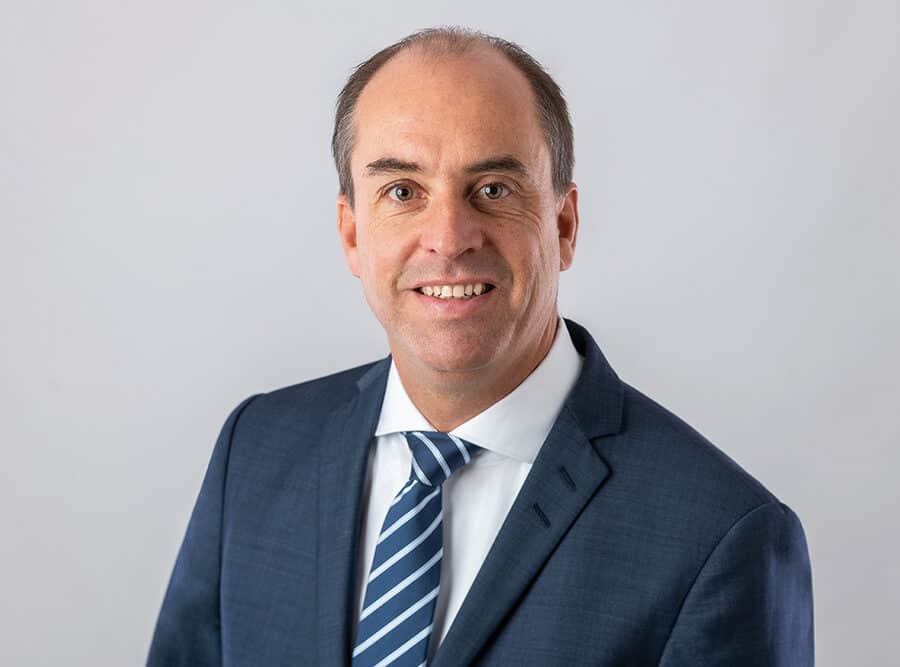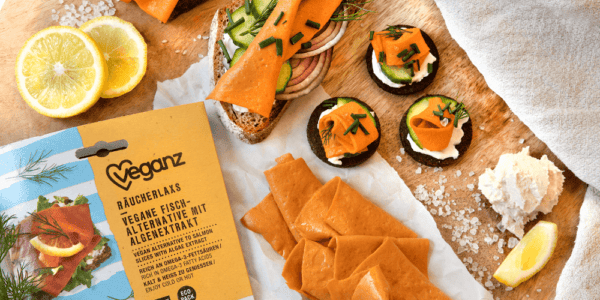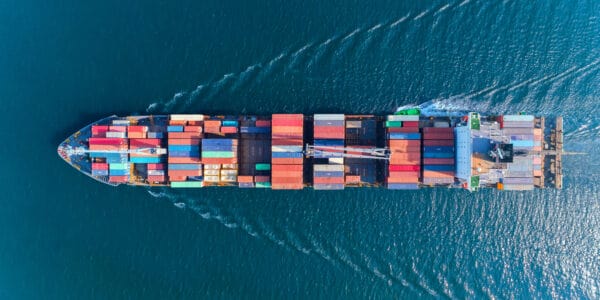
Interview with Johannes Giloth, COO of GEA Group AG
The supply and logistics chains subjected to an endurance test by the corona pandemic continue to cause major difficulties around the world. Johannes Giloth, COO of GEA Group AG, explains why the MDAX Group has come through the crisis quite well so far and where, in his opinion, the greatest potential lies when it comes to sustainability.
An expert contribution to the study Companies in Change – Change Readiness Index 2022
Mr. Giloth, as a plant manufacturer, GEA is dependent on the supply of components – keyword semiconductors – in control technology, for example. How do you manage the current bottlenecks?
We can say that as of Q3 2021, we have not yet experienced any significant delivery delays or failures. However, the situation on the market for semiconductors is likely to come to a head in the near future. We do not directly purchase chips, but our suppliers, which control systems and motors, of course, incorporate semiconductors, are strongly confronted with this. In this situation, our close ties with many suppliers help us. As part of the realignment of our purchasing organization, we have further intensified the exchange of information, for example, recently at a “Supplier Summit“ with around 100 suppliers on site in Düsseldorf. The close strategic coordination strengthens mutual trust and enables us to respond better. This includes the timely development of alternatives, for example by working together to change the design of a component.

GEA launched the “Balanced Supply Chain Footprint“ project several years ago. What have you achieved with the project so far and how do you benefit from it in the current situation of globally strained supply chains?
This project, which initially focused on our Manufacturing Footprint, has since been expanded to include the entire global manufacturing network. The focus is on the following criteria: Growth drivers, Cost optimization, Core competencies, Resilience, Local for local, Sustainability.
All these topics place special demands on a manufacturing network. In addition to optimizing product and
production costs, for example, it is also a matter of preventing single sources and optimizing transport activities. Our efforts have definitely helped us get through the Corona pandemic and supply crises well. We have increased our productivity and production input costs, and the improved resilience is reflected in the fact that we have largely eliminated the risk of a production stoppage.
Independent of GEA: How will the experience now gained affect future interaction with supply chains and suppliers? Do you see trends in the industry towards insourcing and/or nearshoring?
Historically, GEA itself comes more from nearshoring. This is not ideal in terms of costs but has the advantage that you can fall back on several suppliers in times of crisis, for example. In our opinion, however, resilience in purchasing lies even more strongly in modularization and common parts optimization. Preventing countless specifications for each machine makes you much less dependent on individual sources of supply. Overall, we will not see the same global supply chains in the future as we do today, because logistics costs will account for an ever-increasing share of the cost portfolio and because the issue of sustainability will have a greater impact. One answer to this is local for local.
Realigning the supply chain is only one lever. What other optimization measures are there?
A comprehensive perspective is crucial. Because if I only look through my production glasses, I can only pull some of the possible levers. If I include purchasing, then there are a few more levers. But even there, you reach your limits relatively quickly. Because what I produce, how I produce it, and who I can get the parts from depends largely on the design. Optimization of the value chain is therefore only ever possible with the triad of engineering, purchasing and production. Then modularization, common parts strategy, supplier optimization and local for local can show their full strengths. So, we need to avoid looking at these issues in isolation. Of course, I can always further optimize the production of an existing product. But when I work on the design, I can suddenly produce it better by a factor of 10. It is also important to closely involve suppliers in topics such as design to cost or engineering to cost. Production and purchasing account for a cost pool of around EUR 3.2 billion at GEA. This must be optimized, and I can only effectively optimize it if I do it through product design.
“In the future, we will not see the global supply chains that we see today.“
Johannes Giloth, COO, GEA Group AG
This approach not only helps with costs, but also with sustainability.
Exactly. Because if I reduce a wall thickness from 4 mm to 3 mm, I logically need 25 percent less steel and reduce emissions and logistics costs accordingly. In sustainability, too, a holistic view is therefore crucial. I can put a photovoltaic system on my roof, buy green electricity or replace all my light bulbs with LEDs. However, the largest block of emissions occurs upstream and downstream, i.e., through purchasing and transporting goods as well as energy consumption during the use of the products sold over the product life cycle (so-called Scope 3).
Here the achievable effects are considerably greater. That’s why we have to influence our suppliers to supply us with more efficient engines, for example, that’s why we buy green steel and also use alternative materials. But above all, we focus on re-design. Do we really need such a large engine? Is the solid steel sheet really necessary? Are there other mechanisms to achieve the same result with much less energy? It is a long road that we are pursuing with perseverance. Because GEA has taken the lead when it comes to sustainability. We are committed to reducing our greenhouse gas emissions along the entire value chain to net zero by 2040. We aim to reduce greenhouse gas emissions from our own activities by 60 percent until. Among other things, we want to gradually move to 100 percent green electricity and covert our fleet of around 4,300 company cars to environmentally
friendly vehicles wherever possible. In scope 3, we want to achieve a reduction of 18 percent by 2030, which is very ambitious.

Sustainability is not far off from the topic of nutrition one of the world’s largest suppliers of machinery, equipment and technologies for the food industry. How can you help food producers meet the desire of many consumers for “better“ food?
This is a very, very interesting market environment with strong growth rates. Only recently we were able to win Novozymes, the world’s largest supplier of enzyme and microbial technologies, as a customer to equip a large-scale plant in the USA on a turnkey basis. This will produce plant-based proteins needed for the production of plant-based foods.
The New Food market is growing rapidly and is one of the largest areas of innovation for GEA. We want to expand this business. This is because many of the products rely on completely new technologies and sophisticated manufacturing techniques that we have mastered – such as precision fermentation. Interestingly, customers in this field differ significantly from “traditional“ customers. New food companies are often small and financed by private equity. As a result, this segment often has a start-up mentality with a lot of speed and short decision-making paths.
Keyword speed: Both the handling of global supply chains and improvement of the global footprint are hardly conceivable without the use of digital solutions. How is GEA positioned here? What do you expect for the future?
You must distinguish between three areas here. We are already well underway with internal process digitization – in purchasing, for example. There are also already many use cases in the digitization of production and supply chains. The next big topic is now digitization in the direction of the customer. How do more closely integrate our machines into the customer’s network? How do new products and services emerge from this treasure trove of
data? Software and as-a-service solutions are also becoming increasingly central topics at GEA. At the same time, I am convinced that the issue of sustainability will have at least as great an impact on value chains as digitization. If not perhaps an even greater impact.
In Conversation

Johannes Giloth has been a member of the Executive Board of GEA Group AG since January 20, 2020. As COO, he is responsible for purchasing, production and logistics. Giloth holds a degree in industrial engineering and, prior to his current position, was responsible for a wide range of management functions in Germany and abroad in the areas of purchasing, logistics and production, including at Nokia and Siemens.
The Company

GEA is one of the largest system suppliers for the food, beverage and pharmaceutical industries. The MDAX-listed, internationally active industrial technology group focuses on machinery and equipment as well as process technology and services. Founded in 1881, the company employs more than 18,000 people in 64 countries. Sales were recently around EUR 4.6 billion.



